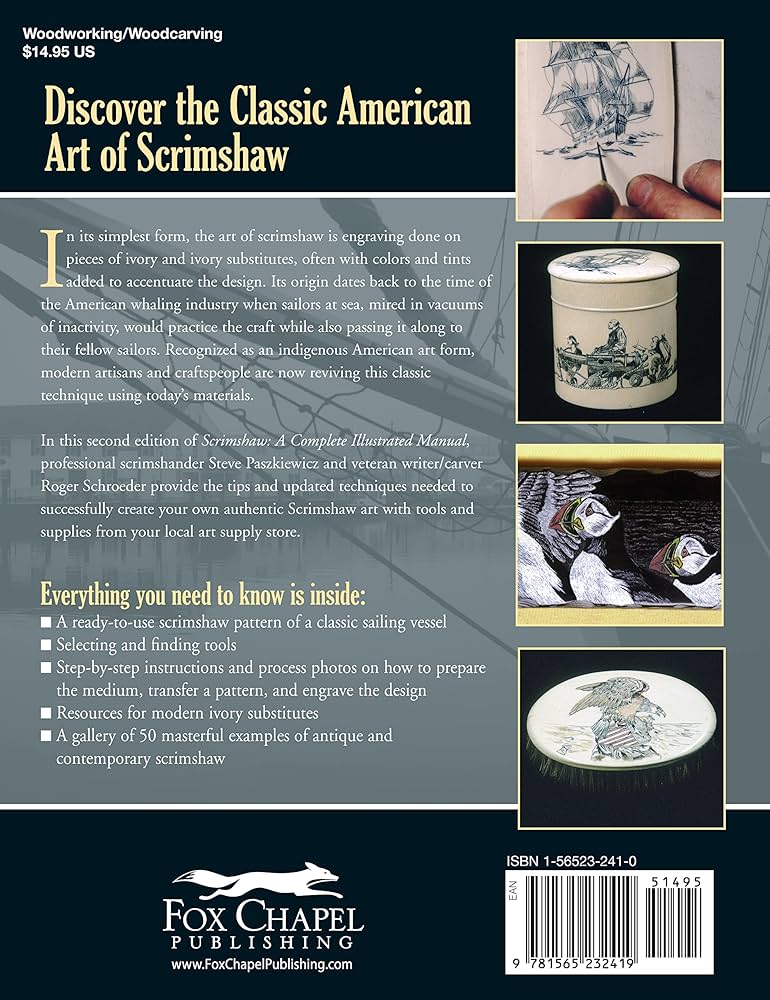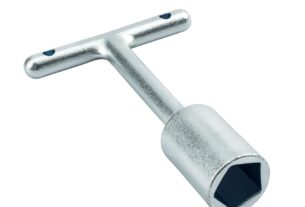Are you interested in creating stunning nautical artwork that will impress everyone who lays eyes on it? If so, then you’ll want to learn all about scrimshaw tools and how they can help you achieve your artistic goals. In this comprehensive guide, we’ll cover everything you need to know about these essential tools, including their history, different types of tools available, and tips for using them effectively.
The History of Scrimshaw
Scrimshaw is a type of nautical artwork that originated on whaling ships in the 19th century. Sailors would use the teeth and bones of whales to carve intricate designs into them, creating beautiful pieces of art that they could sell or trade. The term “scrimshaw” actually comes from the Dutch word “schrijnwerker,” which means “cabinetmaker.”
Over time, scrimshaw became more than just a way for sailors to pass the time while at sea. It became an important part of maritime culture and history, with many museums and collectors around the world preserving these unique works of art.
Types of Scrimshaw Tools
If you’re interested in creating your own scrimshaw artwork, then you’ll need to invest in some quality tools. There are several different types of tools available, each designed for a specific purpose:
1. Scribing Tool – This tool is used to create fine lines in the material being carved. It can be either a simple pointed tool or one with interchangeable blades.
2. Burnisher – A burnisher is used to smooth out rough areas and create a polished finish on the surface being worked on.
3. Needle – A needle is used for puncturing holes in the material being carved, allowing for more intricate designs.
4. Saw – A saw is used for cutting out larger sections of material.
5. Scissors – Scissors are used for trimming excess material and shaping the final piece.
Tips for Using Scrimshaw Tools
Now that you know about the different types of tools available, it’s important to understand how to use them effectively. Here are some tips to keep in mind:
1. Practice on Scrap Materials – Before you begin working on your final piece, practice on scrap materials to get a feel for the different tools and techniques.
2. Use Light Pressure – When using a scribing tool or needle, use light pressure to avoid damaging the material being carved.
3. Keep Your Tools Sharp – Dull tools can make carving more difficult and result in a less polished finish. Make sure to sharpen your tools regularly.
4. Take Breaks – Carving can be tedious work, so make sure to take breaks frequently to avoid hand fatigue.
5. Experiment with Different Materials – While whale teeth and bones were traditionally used for scrimshaw, there are many other materials that can be used as well, such as ivory, horn, and even plastic.
In Conclusion
Scrimshaw is a beautiful form of nautical artwork that has been around for centuries. By investing in quality scrimshaw tools and practicing proper techniques, you too can create stunning pieces that will be cherished for years to come.
References:
1. Scrimshaw – https://en.wikipedia.org/wiki/Scrimshaw
2. Scrimshaw Tools – https://www.tandyleather.com/en/category/scrimshaw-tools




